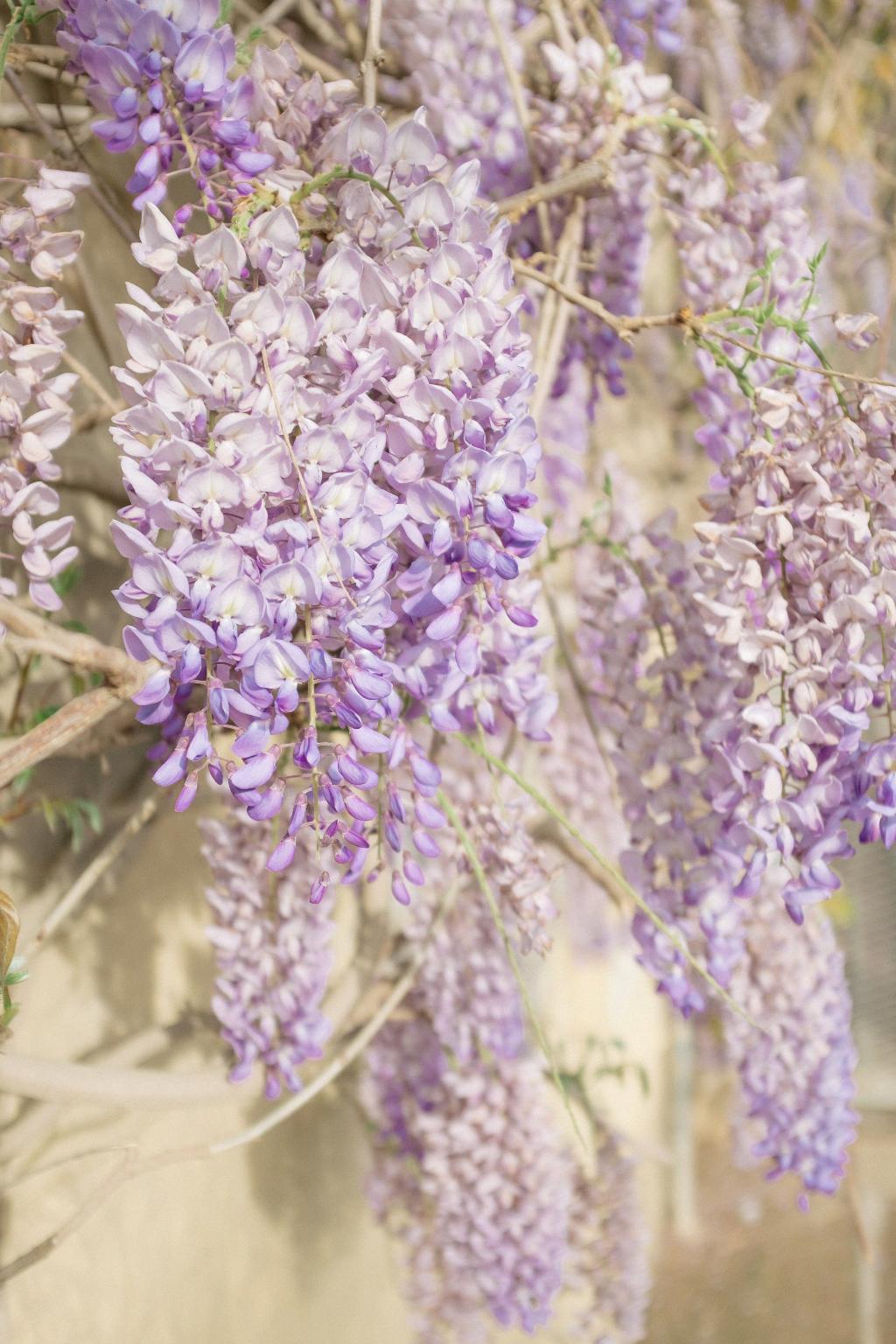When considering where wisteria trees can grow, it’s important to look at the specific varieties of wisteria and their respective climate preferences. The American wisteria, known as Wisteria frutescens, is typically found growing in Zones 5-9. These zones cover a wide range of climates, excluding only the Tropical South, making American wisteria a versatile choice for many regions.
On the other hand, Japanese wisteria, scientifically known as Wisteria floribunda, has a slightly broader range, thriving in Zones 4-9. This means that Japanese wisteria is more cold hardy compared to American wisteria and can withstand lower temperatures, making it suitable for regions with harsher winters.
When it comes to Chinese wisteria, or Wisteria sinensis, this variety is primarily recommended for Zones 5-8. However, interestingly enough, Chinese wisteria has been observed growing in warmer regions like Florida, showcasing its adaptability to a wider range of climates than initially suggested.
It’s worth noting that regardless of the specific zones these wisteria varieties are recommended for, factors such as soil quality, sunlight exposure, and moisture levels also play a crucial role in determining the success of wisteria growth. While zoning guidelines offer a general indication, local conditions can influence the ability of wisteria trees to thrive.
When planting wisteria trees, it’s essential to consider not only the climate zones but also the space available. Wisteria trees are vigorous climbers that require sturdy support structures to grow and bloom effectively. Additionally, proper pruning and maintenance are necessary to manage the growth and encourage optimal flowering.
While wisteria trees are known for their stunning cascades of fragrant flowers, they are also a relatively low-maintenance plant once established in the right environment. Regular watering during the growing season and occasional fertilization can help promote healthy growth and abundant blooms.
Whether you’re looking to add a touch of enchanting beauty to your garden or landscape, wisteria trees can be a captivating choice. With their graceful vines and vibrant blossoms, wisteria trees have a timeless appeal that can transform any outdoor space into a picturesque retreat.
Before selecting a wisteria variety for your garden, it’s advisable to research the specific requirements of each type and assess how well they align with your local climate and growing conditions. By choosing the right wisteria tree for your area, you can enjoy the beauty and charm of these elegant plants throughout the seasons.
In conclusion, wisteria trees can thrive in a range of climates, with different varieties suited to specific zones. From the American wisteria’s adaptability to Japanese wisteria’s cold hardiness and Chinese wisteria’s surprising tolerance for warmer regions, there is a wisteria tree suitable for various environments. By understanding each variety’s unique characteristics and planting requirements, you can create a lush and spectacular wisteria display in your outdoor space.

